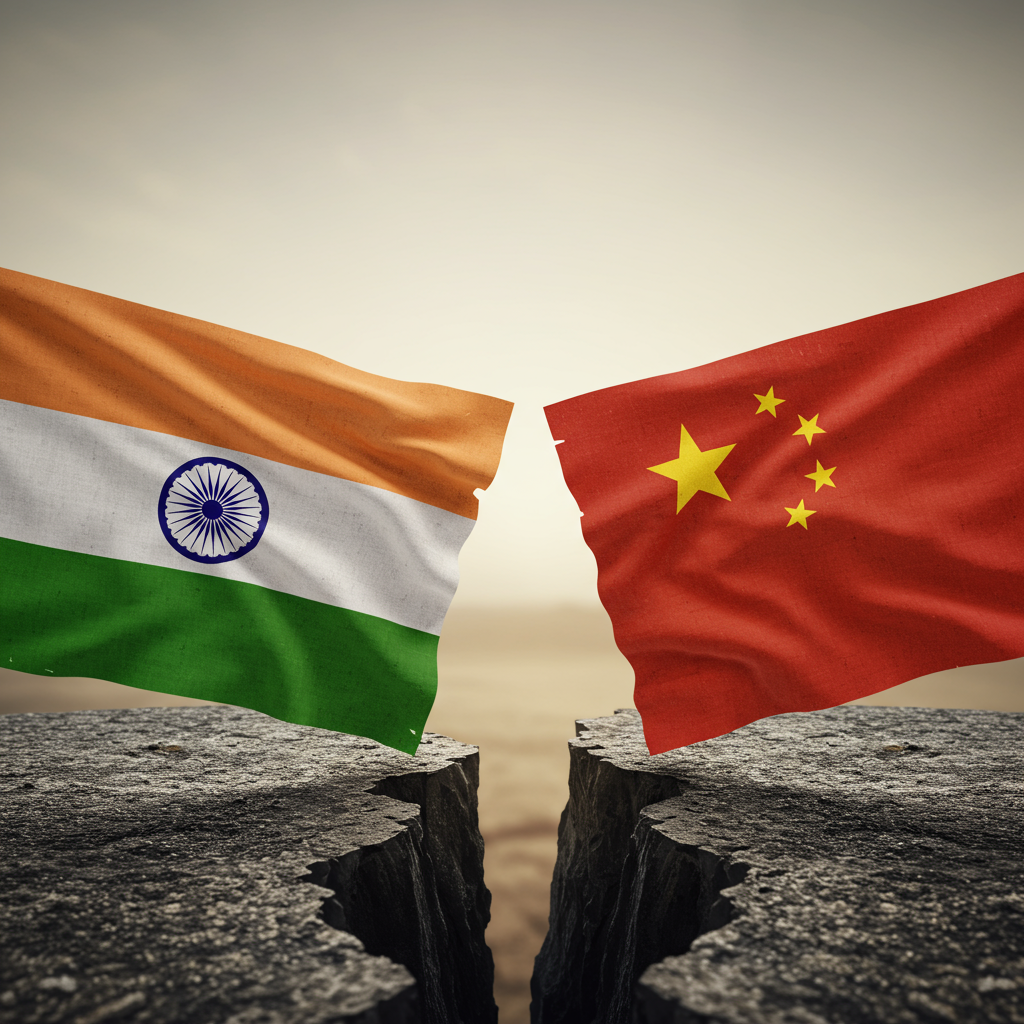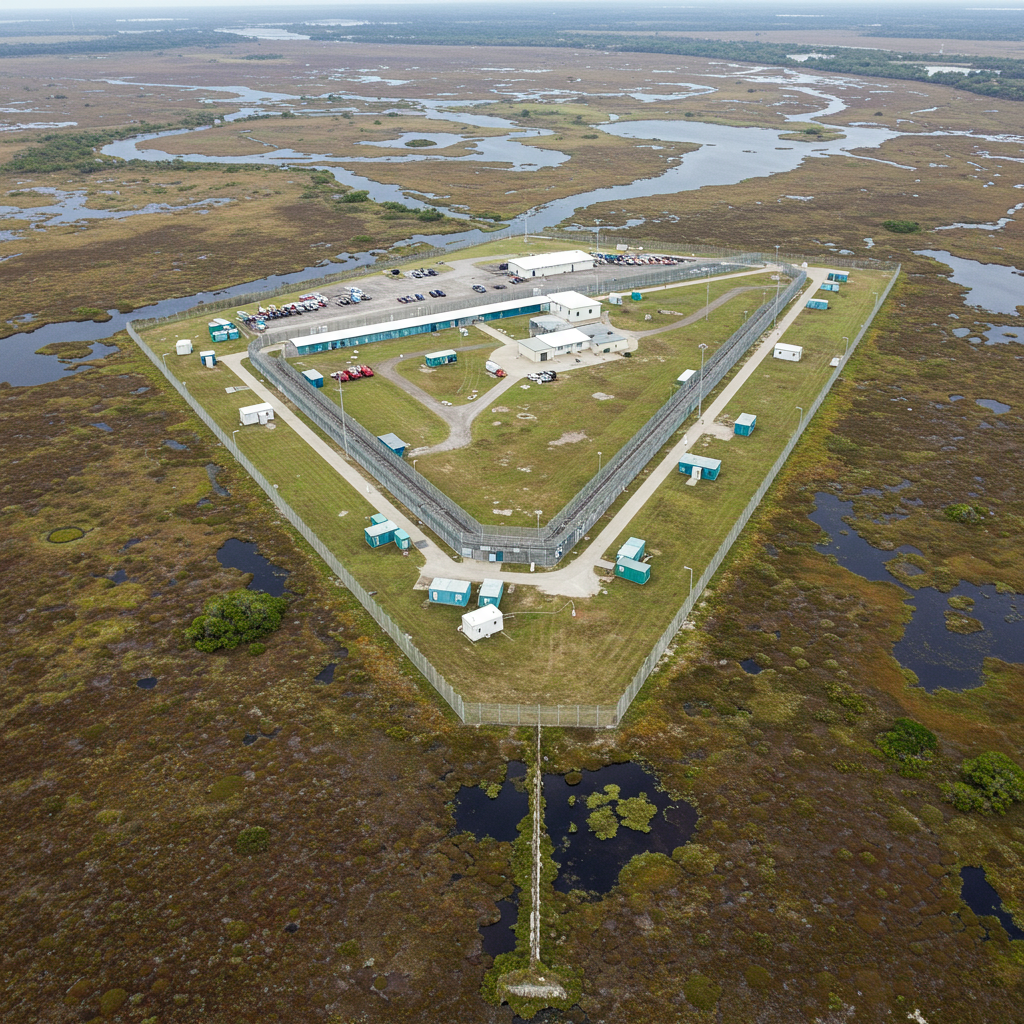Years after deadly border clashes ignited a deep freeze, India and China are navigating a complex path toward resetting their strained relationship. Despite recent high-level engagements and limited agreements, significant challenges and profound suspicions persist, casting a long shadow over potential normalization. This cautious approach reflects both nations’ strategic calculations in a rapidly shifting global landscape, balancing economic imperatives with unresolved territorial disputes and burgeoning geopolitical rivalries.
Border Tensions: The Core of the Rift
The most significant friction point between New Delhi and Beijing remains the ill-defined, approximately 3,440km (2,100-mile) disputed border. Natural features like rivers, lakes, and snow-capped peaks mean the Line of Actual Control (LAC) is often unclear, leading to face-to-face confrontations between soldiers. These standoffs can escalate quickly.
The crisis reached a tragic peak in June 2020 with a fatal clash in the Galwan Valley in Ladakh. This confrontation, the first resulting in fatalities since 1975, claimed the lives of at least 20 Indian soldiers and four Chinese troops. Since then, military standoffs have occurred in multiple locations along the frontier, fundamentally altering the security dynamic and eroding trust.
Signs of a Tactical Thaw
Despite the lingering mistrust and militarization along the border, recent actions suggest both sides are seeking a tactical de-escalation. Senior Indian officials have made visits to China, including the National Security Adviser and Defence Minister attending Shanghai Cooperation Organisation (SCO) meetings. The Defence Minister’s visit marked the first by a senior Indian official in five years.
Late last year, India and China reportedly reached an agreement on key friction points in Ladakh. While details are still emerging, Indian officials have indicated the completion of a “disengagement” phase at certain points, including areas like Depsang, Demchok, and Yangtse. However, this is distinct from a full de-escalation involving the withdrawal of forward-deployed troops.
Earlier this year, further steps signaled a potential thaw. New Delhi and Beijing agreed to work towards restoring direct flights and easing visa restrictions that were imposed following the 2020 clash. These measures aim to boost “people-centric engagements” and normalize exchanges, including for media and think tanks. Additionally, Indian pilgrims were permitted to visit the sacred Mount Kailash and a holy lake in the Tibet Autonomous Region after a six-year gap, a move seen as a goodwill gesture.
Geopolitical Currents Driving Engagement
Multiple factors appear to be nudging India and China towards cautious engagement. Geopolitical uncertainty plays a significant role. From India’s perspective, shifts in global power dynamics and concerns regarding traditional partners have influenced its foreign policy calculations. There’s a perception in some quarters that India did not receive the expected level of support from the United States as a close strategic ally.
Specific events, such as perceived US mediation claims during India-Pakistan tensions and interactions between US officials and Pakistan’s military leadership, have reportedly caused disquiet in New Delhi. Pressure surrounding US-India trade talks and potential tariffs under a changing US administration further contribute to this sentiment. Some experts suggest this environment has prompted India to reconsider its options and reach out to countries like China, even while continuing to strengthen partnerships with others like the US.
Simultaneously, India is keenly observing the evolving relationship between its long-time ally and primary arms supplier, Russia, and China. Western sanctions on Russia due to the Ukraine war have increased Moscow’s economic reliance on Beijing, particularly for energy exports and critical imports. This growing alignment makes New Delhi wary of Russia’s potential stance in any future confrontation with China.
Economic Imperatives and Leverage
Economic ties remain a critical dimension of the India-China relationship. China is India’s second-largest trading partner, with bilateral trade exceeding $127 billion last year. India has a significant reliance on Chinese imports, notably critical items like rare earth minerals essential for various industries, including automotive, home appliances, and clean energy.
Maintaining peace along the border is therefore seen as crucial for fostering stronger economic connections. However, China has also demonstrated a willingness to use trade as a strategic tool or “weapon.” Reports indicate China has lately restricted exports of crucial items like rare earth magnets and fertilisers, requiring special permits since April. The Indian automobile industry, heavily dependent on rare earth magnets, has warned of severe production impacts if these restrictions aren’t eased, prompting the Indian government to engage in talks.
China, too, has economic motivations for stability, seeking increased exports to and investment in India, alongside relaxed visa rules for its engineers and workers. This is particularly relevant as India had imposed restrictions on Chinese apps and investments post-2020 due to security concerns.
Persistent Obstacles and Deep Mistrust
Despite the recent limited progress, fundamental obstacles and deep-seated mistrust remain. The core territorial dispute is far from resolved. While progress on disengagement in specific areas has been reported, this doesn’t address the broader claims or the significant military buildup that has occurred since 2020. The border’s nature has permanently changed.
China continues to assert claims over the entire northeastern Indian state of Arunachal Pradesh, which it calls Southern Tibet. India firmly maintains that Arunachal Pradesh is an integral part of the country, citing democratic processes like regular elections held there, leaving no room for compromise. Experts note that differing concepts of sovereignty over such areas could lead to perpetual conflict if not resolved.
Strategically, China views India’s increasing partnerships with Western nations, particularly the US, with suspicion, seeing it as an attempt to counterbalance its own rise. Beijing’s goal appears to be not just border resolution but broader improvements in relations to reduce New Delhi’s perceived dependence on the US and its allies for security. This strategic divergence, with India prioritizing “border before broader” ties and China pushing for “broader before border,” highlights the fundamental lack of alignment.
Furthermore, China’s growing influence in multilateral forums like the SCO and BRICS, where India is also a member, adds another layer of complexity. India is navigating these forums pragmatically but is also wary of their potential use for pushing agendas that conflict with its interests.
Regional Ripples and Strategic Positioning
The India-China rivalry also plays out in the broader region, impacting countries in India’s immediate neighborhood. China has actively sought to expand its influence through initiatives like the Belt and Road Initiative (BRI) and strategic investments.
A notable example is Bangladesh, a nation sharing India’s longest border. Recent shifts in Bangladesh’s foreign policy under its interim government have signaled a potential tilt towards Beijing after years of balancing ties with both India and China. This includes high-level visits to China, securing significant investments ($2.1 billion pledged), and Chinese involvement in strategic projects like the Mongla Port and the sensitive Teesta River management project near India’s vulnerable “Chicken’s Neck” corridor.
This warming of ties with China, coupled with a deterioration in India-Bangladesh relations since the previous government’s departure, highlights how regional states can become points of strategic competition. While such relationships offer economic opportunities for smaller nations, they also risk drawing them into the broader Sino-Indian rivalry, potentially transforming them into strategic battlegrounds. For India, China’s deepening presence and influence in its immediate vicinity are significant security concerns.
Frequently Asked Questions
What is the current status of India-China border disputes?
While the overall dispute remains unresolved, India and China have recently made limited progress on border issues. Following deadly clashes in 2020, both sides have engaged in military and diplomatic talks. Reports indicate the completion of a “disengagement” phase at certain friction points in Ladakh, where troops have reportedly pulled back from immediate confrontation zones. However, significant troop deployments and infrastructure remain, and this does not constitute full de-escalation or a return to the pre-2020 status quo along the entire disputed Line of Actual Control (LAC).
Why are India and China attempting to improve relations despite ongoing tensions?
Both countries have strategic and economic reasons. India seeks to prevent further border escalations, manage regional and global crises, and navigate uncertainty regarding its relationships with other major powers like the US and Russia. China aims for temporary peace on its Himalayan border while focusing on other strategic priorities like Taiwan. Both nations also have significant economic ties, with China being India’s second-largest trading partner. Maintaining some level of stability is seen as essential for economic engagement, although trade imbalances and restrictions remain points of contention.
What are the biggest remaining challenges in India-China relations?
The core challenge is the unresolved territorial dispute, particularly regarding the border in Ladakh and China’s claim over India’s Arunachal Pradesh. Deep mutual suspicion persists, with China viewing India’s partnerships with Western countries warily, and India harboring distrust after the 2020 clash. Other hurdles include China’s potential use of trade as leverage, differing geopolitical visions (e.g., on the nature of a multipolar Asia/world), China’s growing influence in India’s neighborhood (like Bangladesh), and the lack of a fundamental agreement on how to manage their inherent strategic competition beyond tactical de-escalation steps.
The Path Ahead: Caution and Pragmatism
Ultimately, both New Delhi and Beijing appear to recognize that the fundamental territorial and strategic disputes are unlikely to be resolved in the immediate future. Their current interactions are characterized by caution and a pragmatic effort to establish a working relationship that avoids escalating tensions, rather than relying heavily on external power blocs for support.
However, this pragmatic approach does not signal a reduction in competition. India is expected to continue strengthening its military capabilities, enhancing its resilience in critical sectors, and deepening strategic partnerships with like-minded countries as a form of deterrence. The path ahead for India-China relations remains fraught with challenges, marked by limited cooperation attempts overshadowed by deep mistrust and competing strategic ambitions.
Word Count Check: ~1150 words




